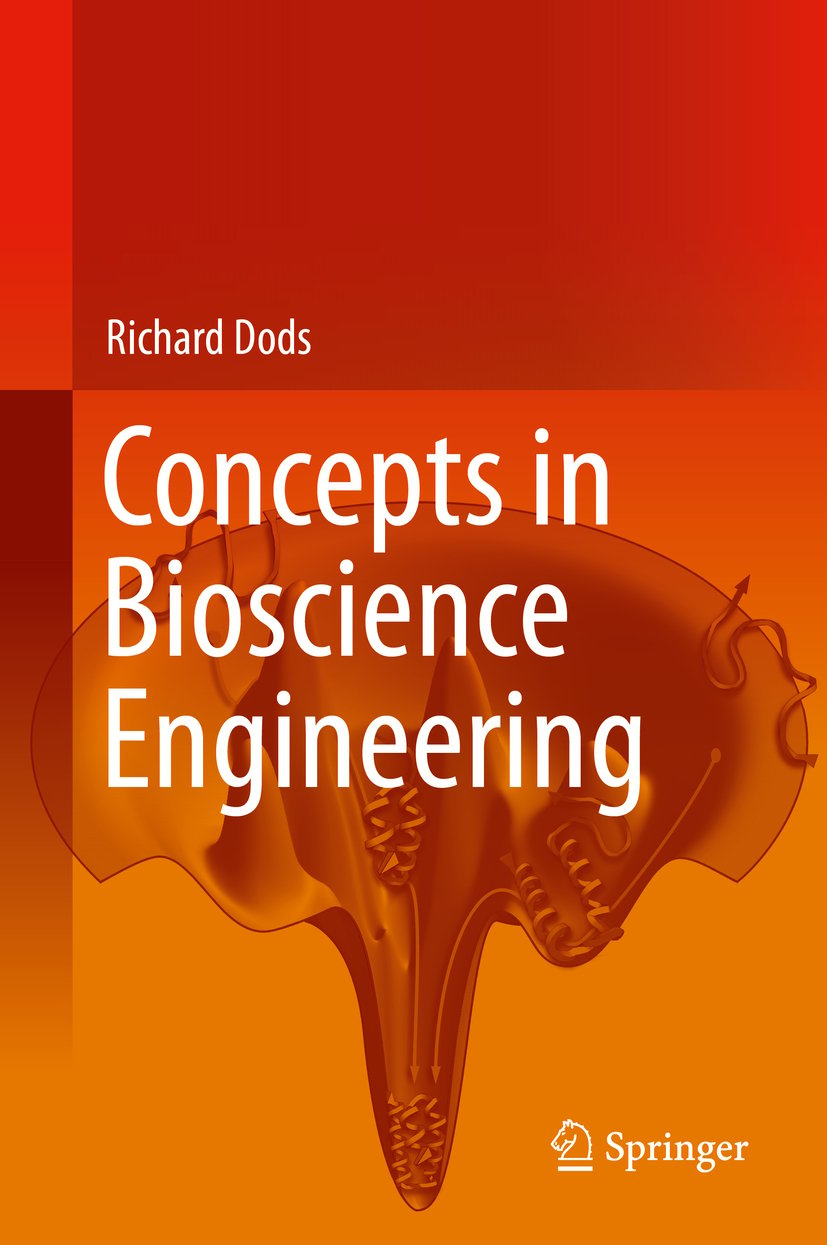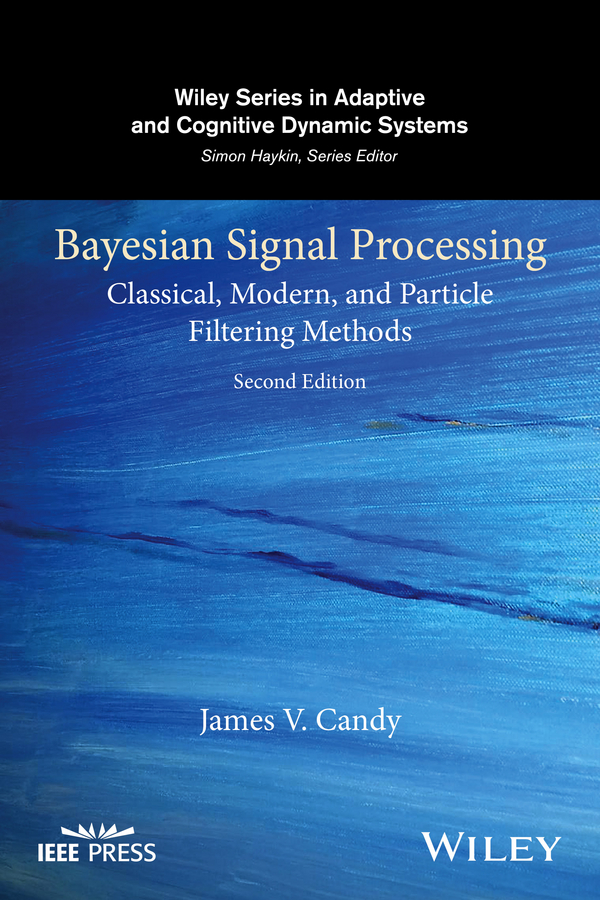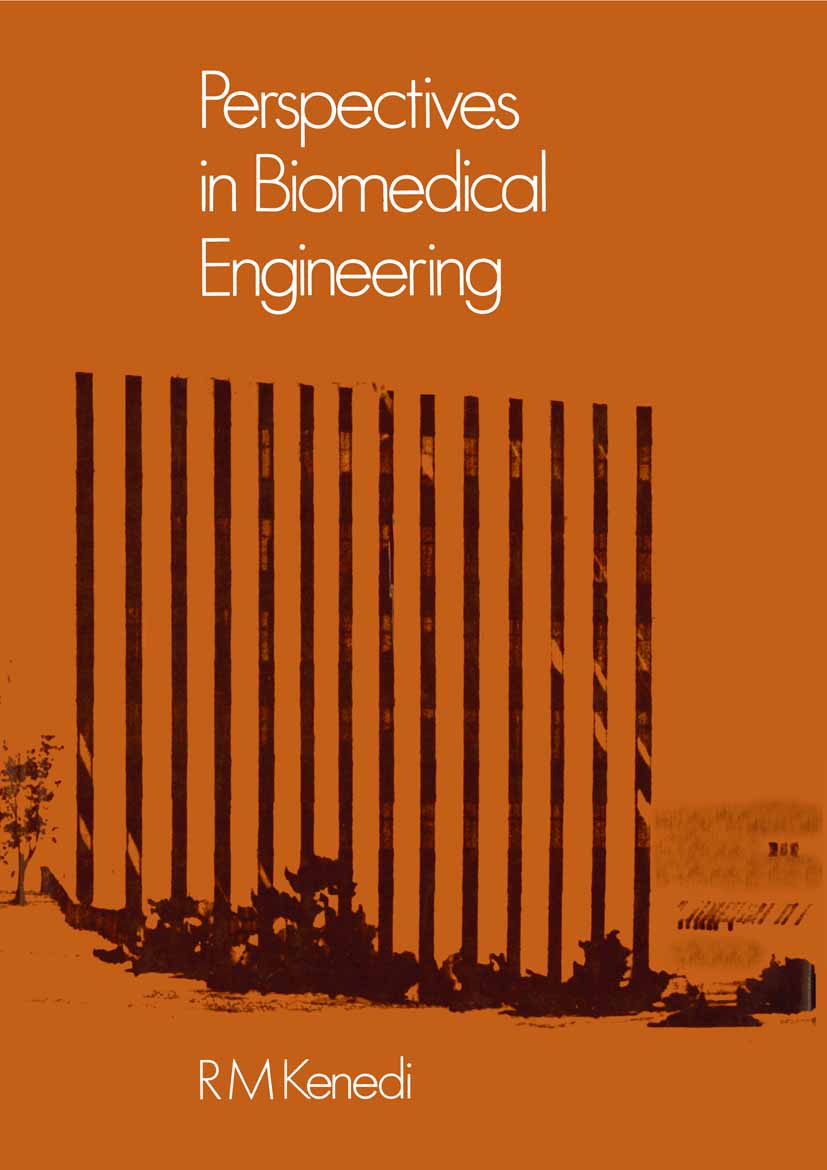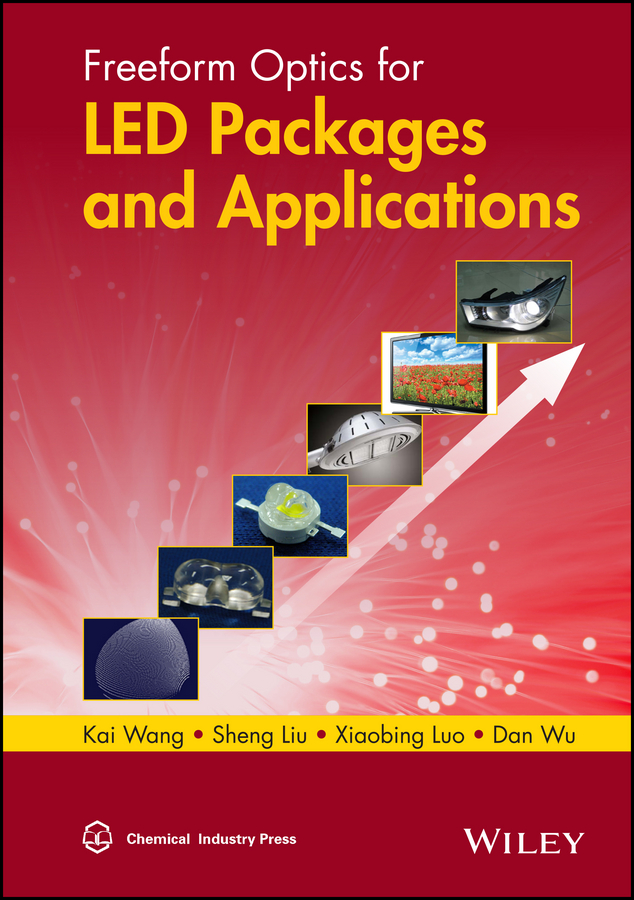
- Browse Category
Subjects
 We Begin at the EndLearn More
We Begin at the EndLearn More - Choice Picks
- Top 100 Free Books
- Blog
- Recently Added
- Submit your eBook
password reset instructions

This textbook is aimed at teaching bioengineers critical concepts about protein three dimensional structures; how proteins fold and how the folding affects the functioning of the protein. Protein folding has profound effects on the discovery of biopharmaceutical drugs (especially the transport of immunological compounds to their site of action) as well as on tissue engineering.
The book covers topics in easily understood terms through the use of glossaries heading each chapter, footnotes and summaries at the end of each chapter. The chapters cover disordered proteins and large sequences of disorder that exists within proteins, secondary structure (α-helix and β-pleated structure), tertiary and quaternary structure, post-translational changes, proteopathies, bioengineering approaches used to study protein folding, and computer software for protein folding. For each of these topics the elements of biomolecular imaging, cellular and tissue engineering, and health care systems engineering are built. Molecular engineering concepts such as site-directed mutagenesis are addressed. For reinforcement of the concepts presented in this text, activities and problems (Queries) are included in the chapter. This book will help transform the education of bioengineering by having bioengineers consider the impact of protein folding on molecular engineering.
This textbook introduces the reader to the field of Bioscience Engineering. Bioscience Engineering is an integrative, multidisciplinary field.- ISBN
- 9783030283032












.jpg)















